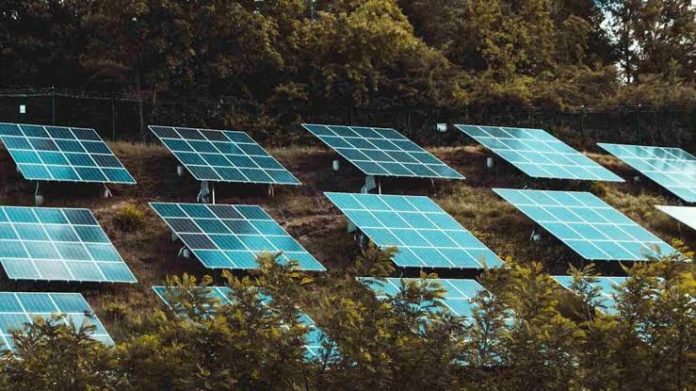China has announced that it has connected the world’s largest solar power plant to the grid in Xinjiang. This massive solar power plant spans 200,000 acres and is capable of producing 6.09 billion kilowatt-hours (kWh) of electricity each year. This amount of electricity is enough to power a country like Papua New Guinea or Luxembourg for an entire year.
The solar power plant is operated by the state-owned Power Construction Corporation and officially started generating power on June 3. Elon Musk, the well-known entrepreneur, has expressed his admiration for this impressive feat.
Xinjiang was chosen for this project because it has abundant solar and wind resources, making it an ideal location for renewable energy projects. This solar power plant is part of China’s broader efforts to reduce carbon emissions.
China has set ambitious goals to peak its carbon emissions by 2030 and to become carbon neutral by 2060. As part of these efforts, the country aims to build a total of 1,200 gigawatts (GW) of renewable energy capacity by 2030.
This new solar power plant in Xinjiang is a significant step toward achieving these goals. By harnessing the power of the sun on such a large scale, China is making a major contribution to global efforts to combat climate change and transition to cleaner energy sources.
The success of this project could serve as a model for other countries looking to expand their renewable energy capabilities and reduce their reliance on fossil fuels.


